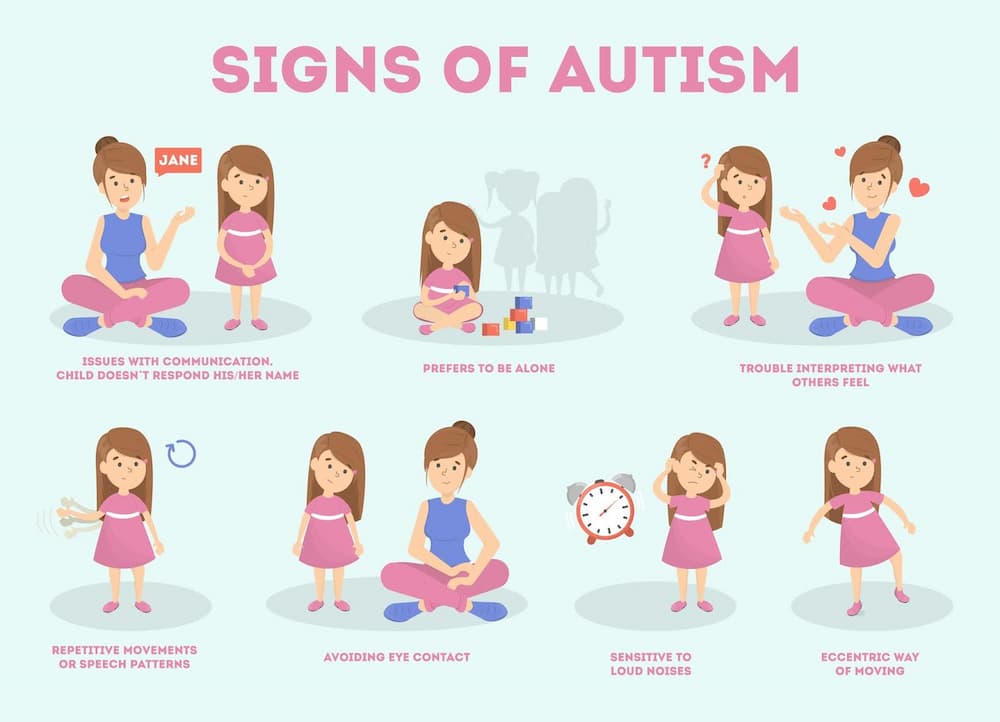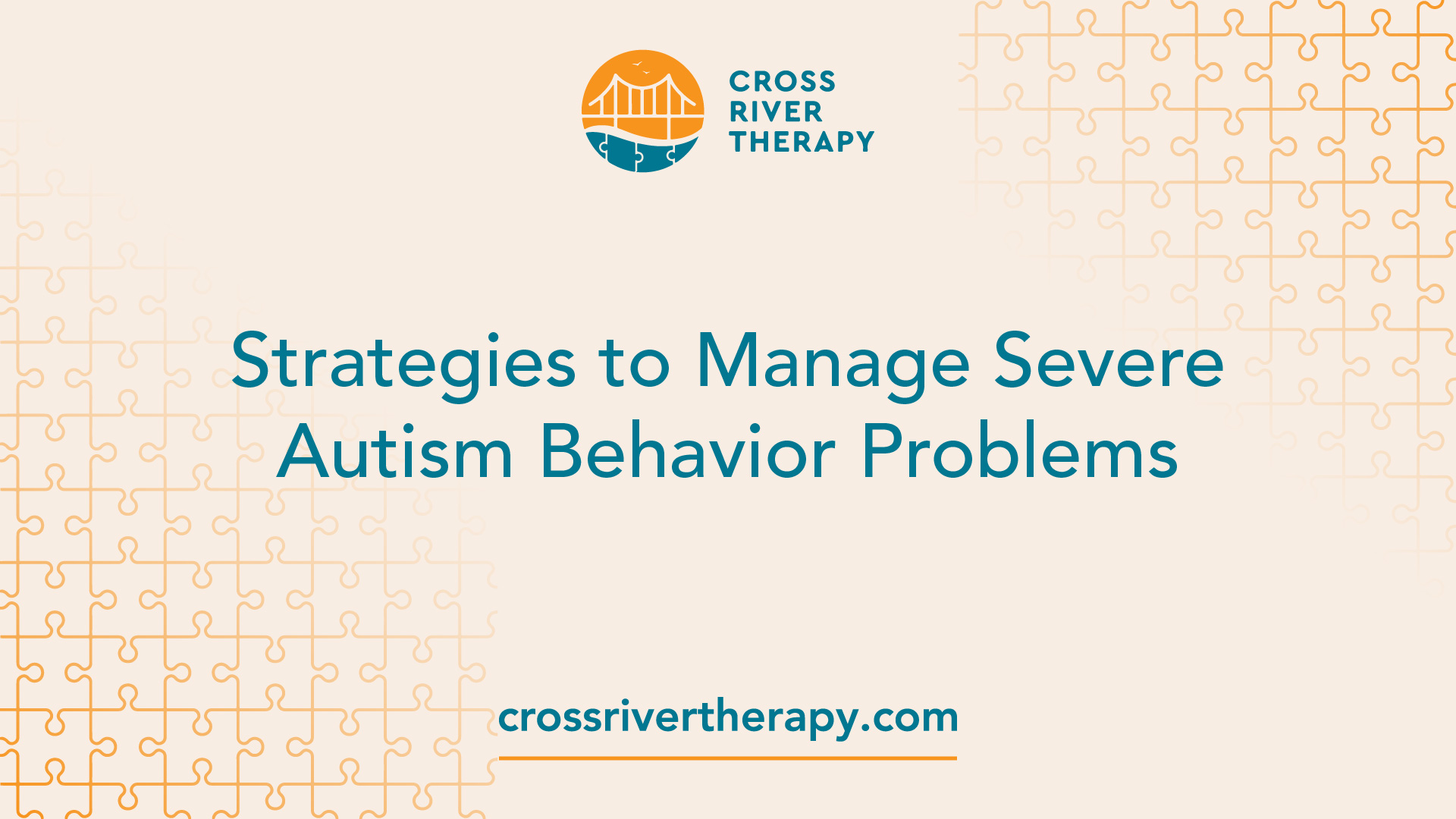Recognizing the Influence of Behavioral Autism on Day-to-day Live and Social Interactions
You could not realize just how deeply behavior autism affects daily life and social interactions. Individuals on the spectrum frequently navigate a globe filled up with communication obstacles and sensory overload. These challenges can lead to aggravation and seclusion, influencing their relationships and total health.
Defining Behavioral Autism and Its Features
Behavioral autism, frequently described as autism spectrum problem (ASD), incorporates an array of conditions characterized by difficulties in social interaction, communication, and recurring behaviors. You might notice that people with ASD often battle to translate social signs, which can result in misconceptions in discussions. They may locate it hard to develop eye contact or participate in small talk, making social scenarios really feel overwhelming.
Communication troubles can manifest in various methods, from delayed speech growth to a preference for making use of less words. Recurring habits, such as hand-flapping or rocking, can work as coping systems to handle stress and anxiety or sensory overload. These qualities can exceptionally impact day-to-day live, making it essential for you to comprehend and sustain those with ASD. By recognizing these qualities, you can cultivate an environment that advertises approval and motivates reliable communication, assisting people with autism grow in their daily communications.
The Range of Autism: Understanding Irregularity in Habits
Autism range problem (ASD) isn't a one-size-fits-all medical diagnosis; it differs extensively among individuals. You may observe that some people with ASD exhibit mild signs, while others may deal with much more considerable difficulties. This variability can manifest in actions, interests, and sensory sensitivities. You may experience individuals that are very spoken and involve easily in discussions, while others could choose solitary tasks or communicate non-verbally.
Furthermore, the means people with ASD react to sensory input can differ considerably; some might be bewildered by bright lights or loud sounds, whereas others grow in stimulating environments. The spectrum additionally includes distinctions in social communications; some individuals may struggle to translate social cues, while others browse social settings with loved one ease. Recognizing this irregularity is crucial, as it aids you appreciate each person's one-of-a-kind experience and tailor assistance to their specific needs, promoting a more inclusive setting for everybody.
Interaction Obstacles Dealt With by People With Autism
When you connect with individuals on the autism spectrum, you may see their distinct interaction challenges. They frequently face problems with both nonverbal and spoken hints, which can influence their social interactions. Recognizing these obstacles is vital for promoting better connections and assistance.

Verbal Communication Problems
Several people on the autism range experience spoken communication problems that can substantially affect their everyday communications. You could find it challenging to share your thoughts, sensations, or requires plainly. This can cause irritation for both you and those around you, as misunderstandings take place. You might battle with launching discussions, keeping a subject, or understanding nuances in speech. Commonly, you might choose utilizing straightforward language or repetitive phrases, which can restrict your ability to take part in much deeper discussions. Your quantity, speed, or tone may not straighten with social assumptions, creating others to misinterpret your intents. Acknowledging these obstacles can assist you and your support network establish techniques to improve communication and promote much better connections with others in your day-to-day live.
Nonverbal Interaction Barriers
Spoken interaction isn't the only difficulty individuals on the autism spectrum face; nonverbal communication barriers can be equally as substantial. You might discover it difficult to analyze body movement, face expressions, and eye get in touch with, which are vital for efficient communication. These difficulties can bring about misconceptions or false impressions of social signs, making interactions feel complicated or overwhelming. You may struggle to express your own emotions with nonverbal methods, leaving others not sure of your purposes or sensations. This detach can develop feelings of seclusion and stress. Acknowledging these barriers is important for fostering understanding and compassion in your communications. By attending to nonverbal interaction, you can discover strategies to enhance your social experiences and boost your overall lifestyle.
Social Interaction Influences
Social interactions can typically really feel frustrating due to the distinct interaction obstacles encountered by individuals with autism. Acknowledging these difficulties can help you find methods to boost interaction, such as practicing social abilities in safe settings or utilizing aesthetic help. Comprehending your needs enables you to navigate social interactions with better confidence and convenience.
Social Communication and Partnership Structure in Autism
While building relationships can be testing for individuals with autism, recognizing their unique point of views and interaction styles can foster significant links. You may see that many individuals on the range choose straight communication and may have problem with social signs or little talk. By being simple in your interactions, you can assist produce an atmosphere where they feel comfy.
Take the time to observe and pay attention just how they reveal themselves. This insight can guide you in guiding discussions much more successfully. Taking part in shared passions can additionally serve as a bridge to much deeper connections. Whether it's a leisure activity, a favorite program, or a mutual enthusiasm, these usual threads can open up doors to friendship.
Day-to-day Live Regimen: Navigating Obstacles and Strategies
Maneuvering daily life routines can be especially challenging for individuals with autism, read particularly when unforeseen modifications take place. To navigate these obstacles, consider carrying out visual routines or checklists.
Developing a routine that consists of sensory breaks can likewise be advantageous. You can plan time-outs throughout your day to reenergize. It's necessary to interact with those around you, letting them know your needs and choices. This assists create an understanding atmosphere.
Finally, technique mindfulness strategies to handle anxiety and anxiousness. Easy breathing workouts or grounding strategies can make a substantial difference. By including these methods, you can enhance your day-to-day routine and lessen disruptions, making life really feel more workable.
Strengths and Capabilities of People on the Autism Spectrum
Understanding everyday life routines is just one element of the autism experience. Lots of people on the autism spectrum have remarkable staminas and capacities that establish them apart.
Furthermore, your memory abilities typically radiate, especially in areas of rate of interest. Autism Behavioral Therapy. This flair for maintaining info can make you a useful resource in fields like innovation, art, or science. You may also display strong aesthetic reasoning, allowing you to envision complex concepts and solve issues creatively
Additionally, your distinct perspective on the globe can promote empathy and understanding in others, enriching social communications. Accepting these strengths not only increases your self-confidence but also helps others value the diverse skills you bring to the table.
Producing Inclusive Environments for People With Autism
Producing inclusive environments for people with autism starts with making sensory-friendly spaces that accommodate their distinct needs. You can also promote possibilities for social interaction, helping to build links and friendships. By making these adjustments, you'll add to a more welcoming atmosphere for every person.
Designing Sensory-Friendly Spaces
While designing sensory-friendly rooms, it's important to assess the special needs of individuals with autism. Beginning by selecting soothing colors and soft lights to develop a soothing environment. When overwhelmed, include quiet zones where individuals can retreat and recharge. You'll want to minimize loud noises and distractions, making use of soundproof products or white sound makers to aid keep tranquility. Consider tactile elements like soft materials or fidget-friendly things that can offer convenience. Determine that areas are adaptable, enabling easy rearrangement to fit different tasks. Consist of aesthetic schedules or clear signage to assist people browse the room confidently. By attentively integrating these aspects, you can develop a welcoming environment that sustains sensory needs and promotes overall wellness.
Promoting Social Communication Opportunities
Designing sensory-friendly areas not just addresses individual comfort yet also establishes the phase for meaningful social interactions among individuals with autism. Motivate peer mentoring, matching people with autism with encouraging peers that can lead them through social situations. By executing these strategies, you can boost social chances, assisting people with autism construct relationships and strengthen their social abilities in a secure, inviting setting.

Regularly Asked Inquiries
Just How Can Friends Assistance Somebody With Behavioral Autism?
You can sustain a good friend with behavior autism by being person, listening proactively, and valuing their borders. Take part in tasks they take pleasure in, connect freely, and create a comfortable setting where they really feel valued and comprehended.
What Resources Are Available for Moms And Dads of Kid With Autism?
You can explore numerous sources for parents of youngsters with autism, including assistance teams, instructional websites, and regional social work. Getting in touch with various other moms and dads can additionally provide valuable understandings and shared experiences to assist navigate challenges.
Can Behavioral Autism Modification Gradually?

Yes, behavior autism can transform with time. You may discover changes in communication, social abilities, and actions as your kid expands. Early treatment and assistance usually play essential duties in these developing adjustments.
Just How Do Sensory Level Of Sensitivities Influence Every Day Life?
Sensory level of sensitivities can make daily experiences overwhelming. You could have problem with loud sounds or bright lights, bring about tension or evasion. Discovering settings that fit your needs can significantly enhance your convenience and overall every day life.
What Prevail Misconceptions Concerning Behavioral Autism?
You might assume behavior autism only affects communication abilities, however it's more facility. Many think basics people do not have empathy or knowledge, which isn't real. Comprehending these misunderstandings aids foster acceptance and assistance for those on the spectrum.
Behavior autism, often referred to as autism spectrum disorder (ASD), includes a variety of problems characterized by obstacles in social interaction, interaction, and repetitive habits.Social interactions can often feel frustrating due to the special interaction difficulties encountered by people with autism.Creating sensory-friendly areas not only addresses specific comfort yet likewise establishes the stage for significant social interactions among individuals with autism. Encourage peer mentoring, pairing individuals with autism with supportive peers that can lead them with social situations. By implementing these techniques, you can improve social possibilities, aiding individuals with autism build friendships and reinforce their social sites skills in a risk-free, welcoming environment.
Comments on “Creating strong social bonds with help from an Autism Therapist”